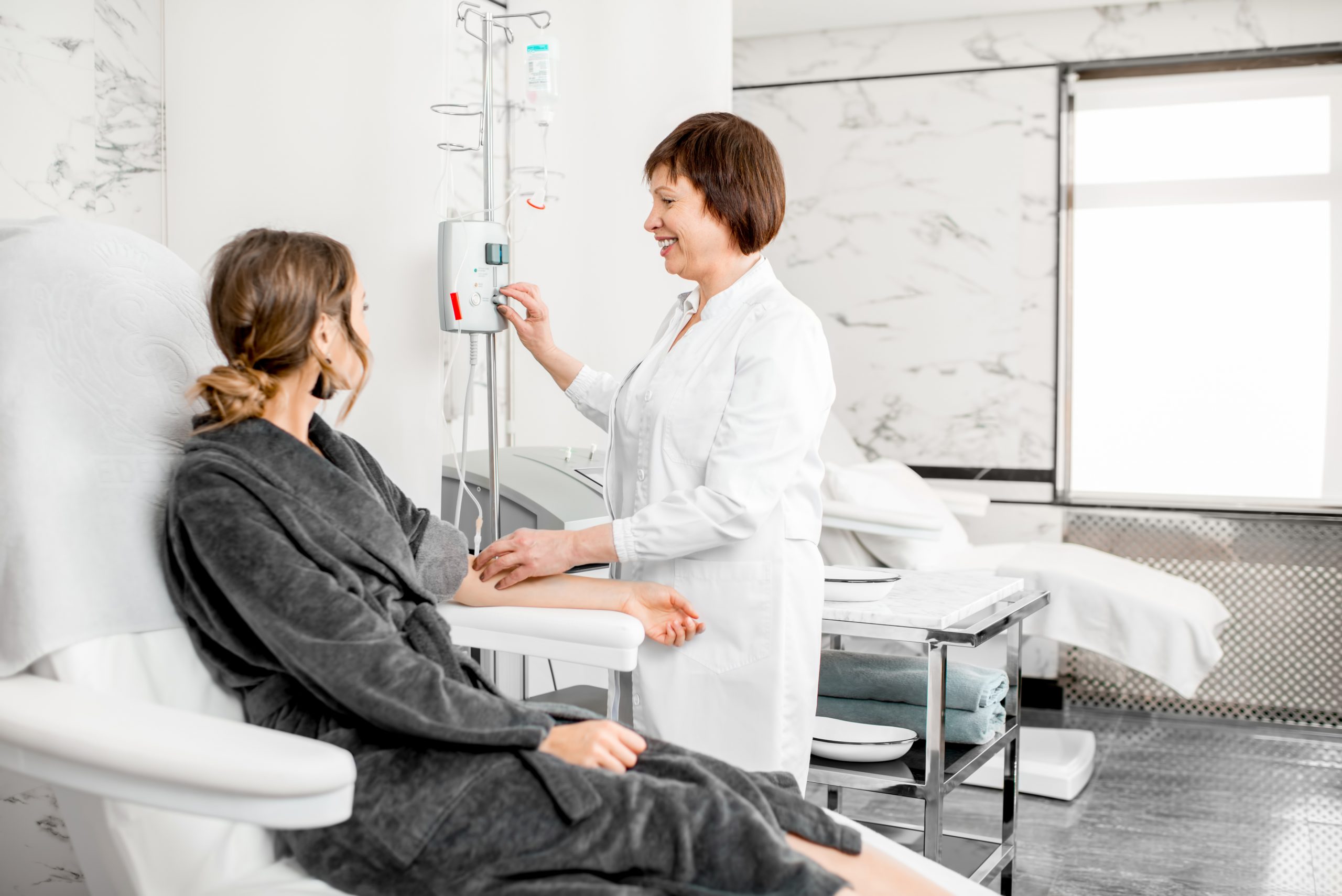Dialysis access
Dialysis Access
If your kidneys fail, unless and until you have a successful kidney transplant, you will need dialysis therapy to clean and filter your blood. The first step is establishing dialysis access one of four ways:
1. A tunneled catheter in your neck—temporary, because the possibility of infection is high.
2. An AV fistula—taking a piece of a vein from your arm or leg and sewing it into a nearby artery, and allowing the sewn-in vein to enlarge and become thicker, like an artery. Considered the best option because it has the lowest risk of infection.
3. An AV graft—the sewing of a prosthetic graft between an artery and vein in your arm or leg. The preferred option if your veins are too small for an AV fistula. AV grafts tend to close more quickly and are more prone to infection because they are not formed from natural tissue.
Here are the steps for creating an AV fistula or AV graft (the most common procedures), usually involving your non-dominant arm:
ASSESSMENT
Your dialysis access surgeon will explain the procedure and perform a physical exam, focusing on the arm or leg selected.
Usually, an ultrasound scan is used to “map” your veins to see if they are large enough for an AV fistula. If not, an AV graft will be needed.
ANESTHESIA
A variety of anesthesia techniques can be used:
Local anesthesia—numbing medication given by injection at the fistula or graft site, often along with sedation medication given through an IV.
A regional block—numbing the nerves so that your entire arm or leg “sleeps.”
General anesthesia—usually involves sedation medication given through an IV, sometimes along with gas that you breathe from a mask, and often includes placing a tube into your throat to make sure you breathe properly.
PROCEDURE
In the operating room, your arm or leg is cleansed with an antiseptic solution and sterile drapes are placed around it.
An incision is made between the artery and vein, and the vessels to be joined are prepared.
If creating a fistula, your surgeon may divide the vein and sew one end to the side of the artery, or may sew the two vessels side-to-side without dividing the vein.
If a graft will be placed, your surgeon will sew it between the artery and vein.
The incision in your arm or leg will be closed and a sterile dressing will be applied.

Have a Question?
Contact
518-562-7557
cvvascular@outlook.com
